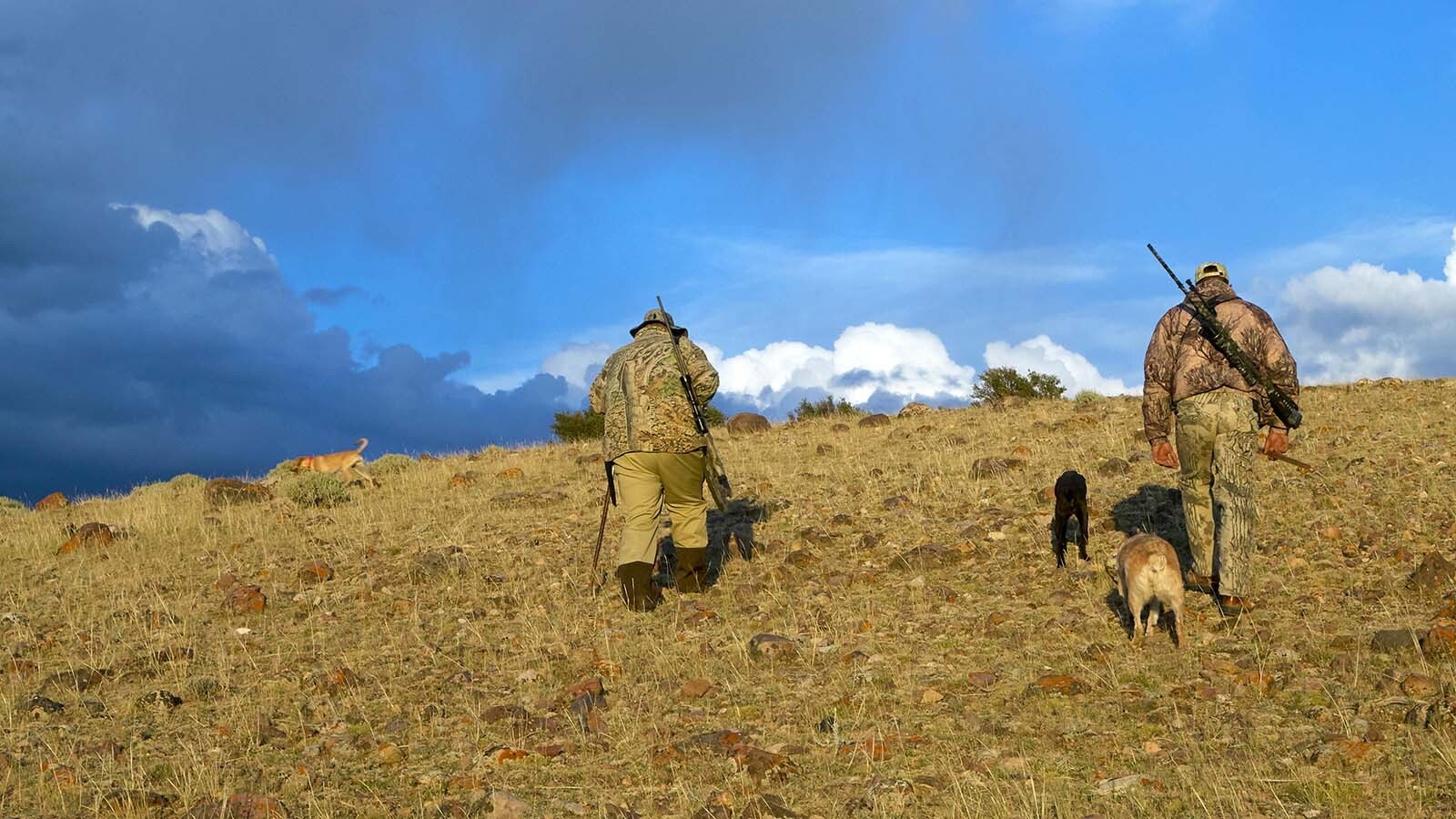To help prepare astronauts for missions in space, a Lander-based wilderness academy puts them through gritty, down-to-earth challenges.
Astronauts slated for NASA's 2024 Artemis II mission to the moon have gone through team-bonding training with the National Outdoor Leadership School (NOLS), Rachel Price of Lander, NOLS expedition director, told Cowboy State Daily.
Retired NASA astronaut Leland Melvin credited NOLS for providing next-level team bonding among his crews. It paid off during space missions, Melvin told Cowboy State Daily on Friday.
"When you're together in the cockpit of a space shuttle, you're so dialed in, you don't even need to talk to communicate," said Melvin, who was an NFL football player before joining the astronaut corps in 1998.
Getting Ready For The Moon
After flying missions on the Space Shuttle Atlantis and spending time aboard the International Space Station (INS), Melvin retired from NASA in 2014.
In the mid and late 2000s he went on two NOLS expeditions: sea kayaking in Alaska and an extended backpacking and wilderness camping trip in Utah.
NOLS has helped train and condition NASA astronauts since 1999, including on some expeditions into the Wyoming backcountry, Price said. Most recently, NOLS took all four of the Artemis II crew members on some expeditions, Price said, although she couldn't disclose the locations.
The Artemis II crew includes commander Reid Wiseman, pilot Victor Glover and mission specialists Christina Hammock Koch and Jeremy Hanson. They are scheduled to launch for the moon in November 2024, but won't be landing there. Instead, they'll complete a lunar orbit before returning to Earth.
Out Of Familiar
NOLS doesn't focus on any of the technical aspects of astronaut training, Price said, that's up to NASA.
Instead, the idea is to place them in unfamiliar, extremely challenging environments to help them develop team bonding, on-the-fly problem-solving skills and similar attributes, she said.
"The astronauts are already highly expert at what they do," she said. "It (wilderness exploration) really helped them solidify team capacity and resilience."
Melvin said the NOLS expeditions took him far outside of familiar territory.
"I'd never been kayaking," he said. "I'd done some hiking and camping, but I'd never done anything like that (the Utah expedition) before, where you have to pack everything in for an extended period of time."
The Little Things Matter
The Alaska kayaking expedition was a lesson in keeping things together while pushing it to the limit, said Melvin, who lives in Lynchburg, Virginia.
"It was about getting from one place to another, fighting the water, setting up camp, cooking food, and then taking everything back down to get going by 6 a.m. the next morning," he said. "People were getting tired, hungry and thirsty."
Slogging it out in the wilderness helps space crews learn to depend upon each other, and notice the small things that can make huge differences in space, Melvin said.
During the Utah trek, he noticed that whenever one of his crewmates started to get thirsty "he got snippy, he got a little agitated," Melvin said. "In space, we had to go back to that. We hand a long day, hard-charging, things weren't working out. And I floated him a water bag."
He also recalled being cold and exhausted on the last night of the Utah expedition, but then looking up and seeing the International Space Station pass overhead. That brought everything into focus and make it all seem worthwhile.
Into The Future
NOLS plans to keep training NASA astronauts, and has begun working with commercial space flight crews as well, Price said.
The backcountry of Wyoming and the West challenges space travelers in a way that helps them realize how well they can handle the unexpected, she said.
And though he's retired, Melvin said he might not be finished with NOLS. He is considering possibly returning as an instructor.
"Anything is possible," he said, adding that while he hasn't been to Wyoming yet, he's eager to come here.
Mark Heinz can be reached at: Mark@CowboyStateDaily.com





